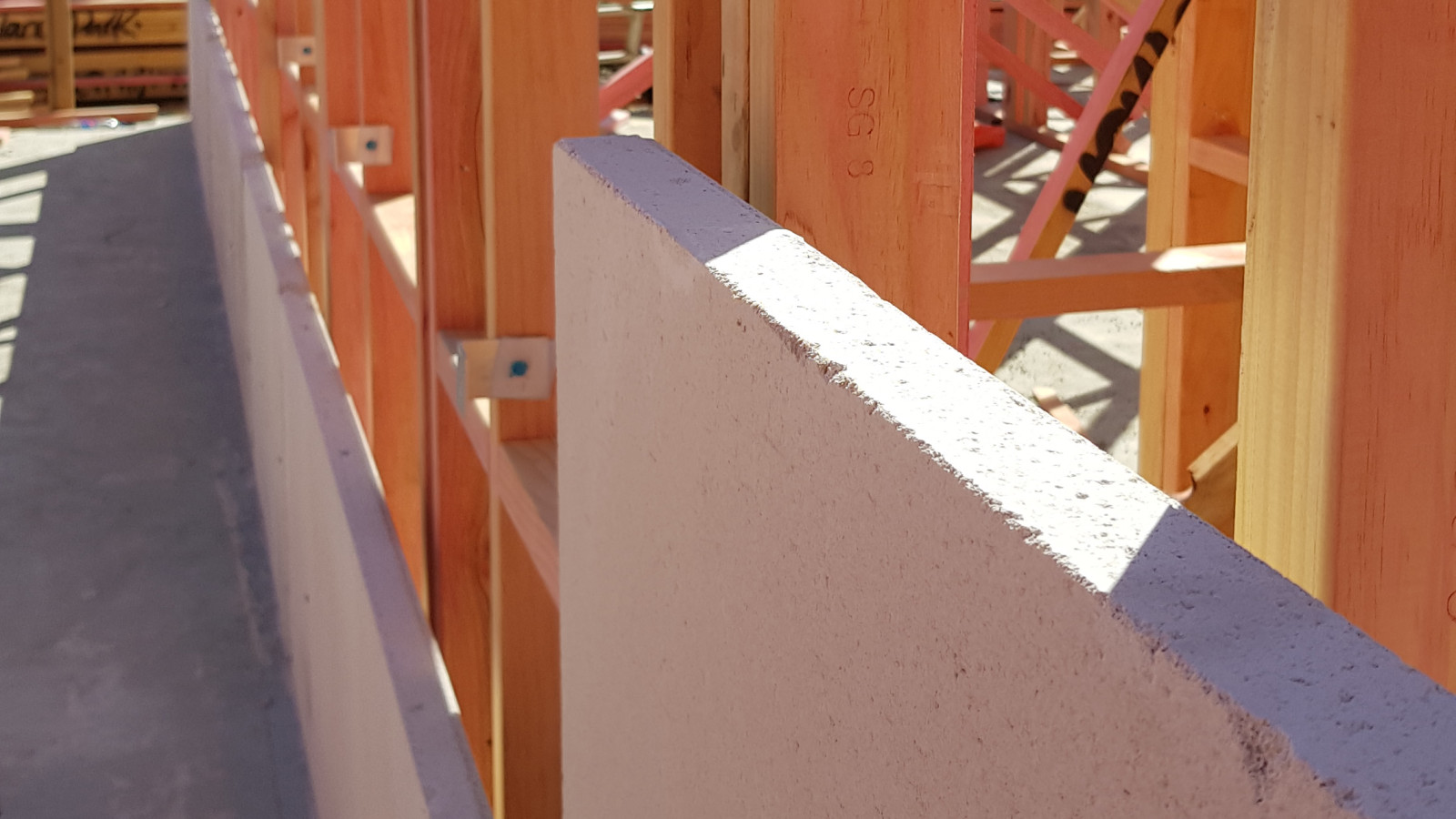It has now been two years since the publication of Medium, a book that set out in plain English, as carefully as possible, the reasons why we need to get better at doing density well. I’m chuffed that EBOSS head honcho Matthew Duder wanted to back me in my push to get more people densifying, and pleasantly surprised that so many of you have wanted a copy that we have almost run out of our 5,000 print run and we are talking about a sequel.
In the process we have talked to Councils and organisations all around the country, in person and via the interwebs, alongside BRANZ and talking with other brilliant speakers — I thought that people would have got sick of my voice already, but it seems, not quite yet. They’re even talking about Medium and medium density in Invercargill! The book has won a PANZ award for being the best designed technical educational book of the year, and our fantastic designer Brittany Irvine has won the award for being the most brilliant designer with her work on Medium.
We know it will take a while to slowly filter through the grass roots until we start to see some better buildings as a result, but I’m hopeful that one day we will all be able to point to some of the pre-Medium housing and realise how far we have come. Perhaps it is just my imagination, but I think we are starting to see some small changes of improvement already.
The changes are all about the way that we build inter-tenancy walls (ITW). We’re running ahead of the NZBC here — the permitted examples that are shown in the Code are already looking dated, while the examples in Medium are showing off a whole range of ways of building better. Kiwi culture being what it is, there are some builders who are just keen to do everything as quick and fast as possible, but who wants someone who comes all in a heated rush? What we need is a slow hand, carefully crafting some fire-rated and acoustically superior solutions that really seal one property off from another.
In the Medium book we show off a range of superior building solutions, from a variety of materials and systems, so you can take your choice and get the best results you can afford. One of these systems that we have not really talked about yet, is the use of Resene Construction Systems and their INTEGRA aerated autoclaved concrete (AAC) wall system, which scores well in preventing acoustic transmission and holding back fire.
I’ve been using AAC since the 1980s, as it is a stable part of walls that are built in Britain, although we use it in a very different manner here. Over there they use big chunky blocks of aerated concrete, looking for all the world like a Nestles Aero bar, but don’t mistake them — the Aero bar is delicious and melts in your mouth, while the aerated concrete tastes horrible and would really cause havoc with your teeth.
Unlike in Britain where the AAC is used structurally, in Aotearoa we use the INTEGRA system solely as part of a supported skin as part of an overall ITW build-up, with a timber stud wall either side, insulating batts within the studs, and a layer or two of plasterboard finishing the wall off each side. The AAC panels are installed lengthways (they are 2200mm long x 600mm wide), glued together with a special adhesive and supported each side by the timber stud wall. The AAC keeps the heat out far better than many other ITW systems, with a FRR of 120/120/120 and all from a wall of AAC only 50mm wide. The timber frames are carefully held off from touching the AAC by a series of aluminium brackets, so that a fire could be raging on one side of the wall and the stability is guaranteed by the timber frame on the other side. But let’s hope that never happens!
The resulting ITW looks for all the world like just another plasterboard wall, but contains within it the life-saving FRR wall, and overall the entire build-up reaches a fire performance rating of a minimum of two hours. The advantages of this are that the fire and acoustic rated wall can be speedily integrated into the construction of the townhouse, painted and plastered as you would with any other plasterboard wall.
The main thing to look out for is to ensure there are no voids or penetrations through the ITW, as I think that all our readers will know by now that this is a strict no-no. Yes, technically pipes could penetrate through the wall and be sealed around, but why would you want to do that? If you penetrate through the central barrier, you’re inside someone else’s house, so please don’t be doing that.
The great thing about a system like the INTEGRA is that the wall can extend horizontally and vertically, right up to the edge of the external wall or the roof line, as an impenetrable barrier holding back unwanted noise and potential fire. We have included some extra details here for users of the Medium online version.
Medium Quick-Fire Quiz — Be in to Win!
This month's Medium Quick-Fire Quiz is sponsored by Resene Construction Systems. Enter the draw to win a Moana Rd 'Marlborough' overnight bag. Simply answer our questions to enter the draw — entries close 5pm Wednesday 1 May 2024.




























 Most Popular
Most Popular Popular Products
Popular Products


